Alberto Seveso never intended to become an artist, and still doesn’t prefer the title.
Many moons ago, Seveso graduated from cooking school (an art that he practices anywhere but in his own kitchen), but in the ‘90s he discovered the world of computers and graphic design, and never looked back. Now he’s a self-taught illustrator, photographer and digital designer.
Born in Milan, Seveso grew up in Sardinia and has been living in Bristol for five years, but he claims he has maybe picked the wrong island to live on (oh, rainy UK) and that in his next life he’ll definitely choose the Canaries instead. He does not like categorising and being categorised but, if forced to, he prefers the label of punk or grunge. As a child, he dreamed of being an astronaut or a dentist – his passion for sci-fi movies and, more recently, astrophotography seems to confirm that, in the end, space won out over braces.
How would you describe your job in one word? Would you stick with the definition digital artist?
Answering this question is very difficult for me, because I was born professionally as an illustrator, then I moved on to photography, then again to illustration but with mixed technique – and now I’ve ended up combining them both. But still, every time somebody defines me as an artist, I think it doesn’t suit me at all!
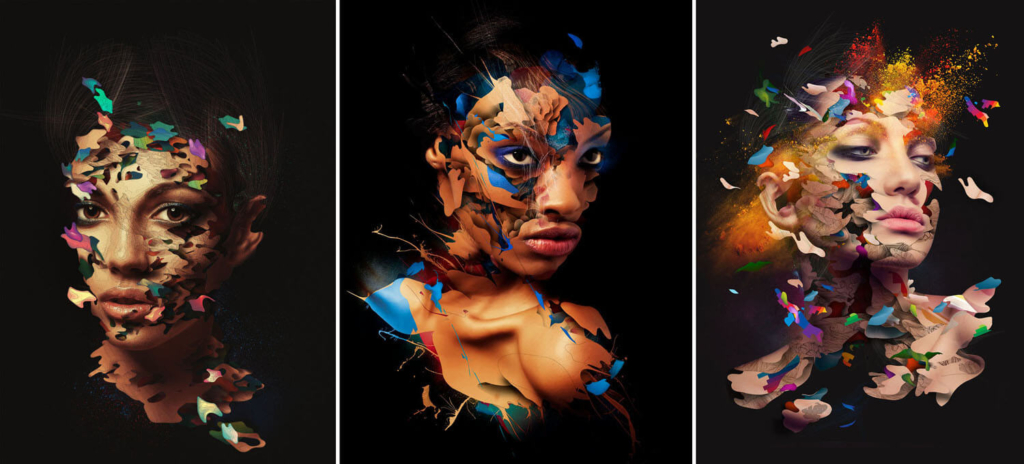
In this moment in your life, do you feel more like a digital artist, a next-generation painter or a photographer? Can you define yourself in some way?
Despite the efforts, I can’t manage to find a term to define myself, apart from using the too-generic term “creative”, which suits me way better than “artist” (also because the word “artist” has become too heavy and too exploited, as it has ended up defining things or people who do not really deserve the distinction).
Let’s say I consider myself a modern labourer. Digital work has become so common nowadays that it’s no longer a niche thing. The world is filled with workers of creativity. Today, the real artist is every craftsman, who is able to shape items with his hands (couturiers, carpenters, etc.).
The most authentic digital art was in the period between the early and late ‘90s, when only a select few were able to create something really new and sensational, and within a relatively long time-frame, due to the slowness of the devices of that time. Today, everyone who considers himself a digital artist does it for the sake of success and likes, not just for art’s sake or to share with friends.
Long story short: The key is to have some fun while doing something, and certainly to be liked by someone, but not necessarily by everyone.
So in your opinion, time – the amount of time it takes to create something – is what upgrades a creation to the status of “a work of art”?
Almost, but not entirely. I believe that whenever a product becomes a mass product – no matter if it’s artistic, musical or cinematographic – it loses the magic it gained due to its initial distinctiveness, and becomes something for everyone’s consumption and use. That’s why I ended up losing interest in anything that has been labeled as trendy, mainstream, hip; and that’s also why I kept feeling prone to change my style over the years and engage in different projects.
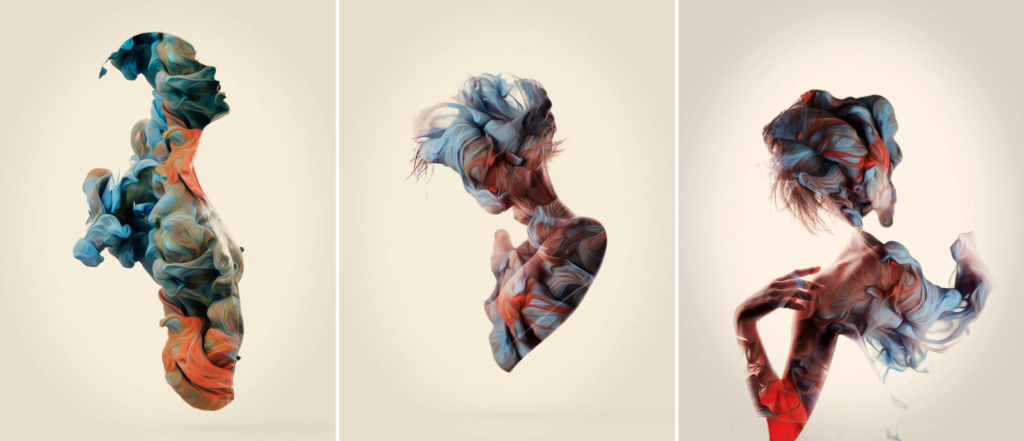
The key to this ongoing shift was, and still is, my urgent need to escape from the imitations of myself made by others, but just because it bothered me seeing this style everywhere. I felt chased by this ubiquitous presence. The descent into banality scares and bores me at the same time.
Tell us how and when you decided to embrace the world of digital creativity.
It all happened incidentally. I’ve been using computers since my childhood – those were the days of the Amiga computer, when I started becoming familiar with the first graphic design software for game devices. It slowly became a passion.
As I haven’t attended any kind of design course, I was just a self-taught designer with a nerd spirit. The first computer I owned was the 8-bit home computer Commodore VIC-20, but the one I used for my first graphic projects was the Commodore Amiga 1200, pre-PC and pre-Photoshop. It wasn’t until 1996-97 that I discovered Photoshop: I used to work in a bar as a waiter and clocked out very, very late at night, and when I got home I used to tinker with Photoshop until 5am in the morning, just by pressing buttons randomly.
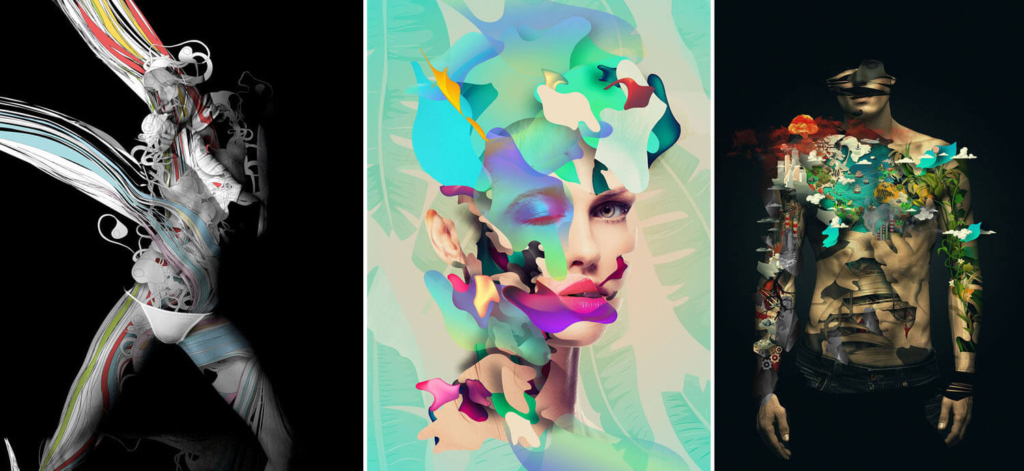
So total randomness is behind creativity.
Yes, exactly. My first job was just as casual – I took care of both graphics and layout for a free-press magazine in Tuscany, almost 20 years ago.
Then you began illustrating?
Around 2007 a lot of works of mine had gained massive visibility, and in 2011 I was chosen to create the cover of Photoshop for the Adobe Creative Suite CS6, which started a long-running collaboration with Adobe. One of my creations has also been included in the video commercial of the new iPad PRO for Photoshop.
During this lucky two-year period, between 2007 and 2008, my works were literally everywhere, and also landed on newspapers like the Italian La Repubblica and the German Der Spiegel, just to name a few. This generated a positive domino effect, virally multiplying my visibility and leading me to create a series of illustrations for a lot of magazines, including ones of Kelly Slater, Ice Cube and Michael Phelps, as well as David Lynch – the latter in cooperation with a Los Angeles photographer who asked me if I wanted to turn one of the pictures he took of Mr Lynch into an illustration, which he would showcase in one of his photo exhibits that Lynch attended in person.
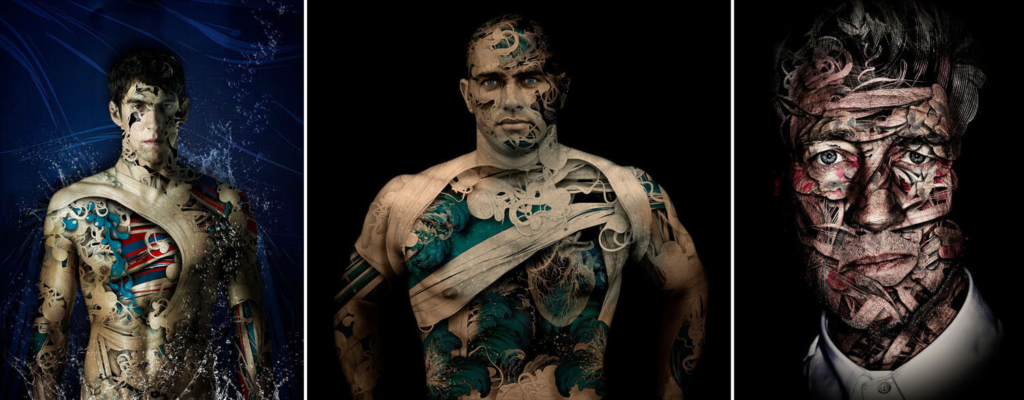
Have you ever turned down a job?
Until a few years ago, I literally accepted all work for hire. But for some years now, I’ve decided to interrupt this habit – not for ideological reasons, but simply because I prefer the sea rather than work.
Well, the Latin poet Horace did exalt idleness as a prerequisite for happiness, after all. How do you reconcile periods of idleness with the constant quest for new digital techniques and styles?
It is a compromise between the two worlds. The works that I didn’t create on commission were created for pure pleasure, an essential condition that led me to develop three different techniques: one purely digital/illustrative, one mixed, and the last one involving photography. Today, after 20 years, I just need more than ever before to physically get away from the computer, have less contact with electronic devices and much more with the matter itself: mixed technique is the perfect example to make this point.
Can you explain what you mean by mixed technique?
It’s basically the fancy name I gave to a happy mistake that happens every time you print a picture on the wrong, uncoated side of photographic paper: the colour doesn’t get properly absorbed, therefore you can wipe a brush on these stripes of still-liquid paint, put additional colour and create brush strokes. You have to use a hair dryer to prevent the fluid from expanding too much over the entire surface.
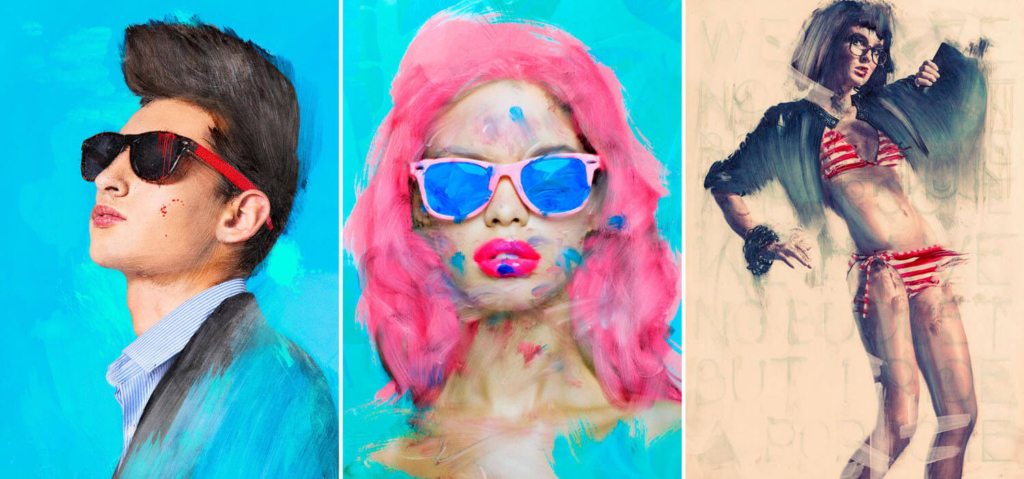
Tell us about your amazing creations using high-speed photography.
Capturing what’s extremely fleeting – like a glass of coloured ink or paint being poured into water – had great success, as I was one of the first to seriously play with this technique about 10 years ago. After the first attempts had been made during the ‘70s, the idea of taking pictures of the ink, slowly dancing after being injected into water, had almost disappeared from the public arena, until digital cameras were released for the first time. The cover that I created for Australian band Temper Trap’s album The Temper Trap, in collaboration with Boat Studio & Infectious Music, won the Best Art Vinyl Award in 2012.
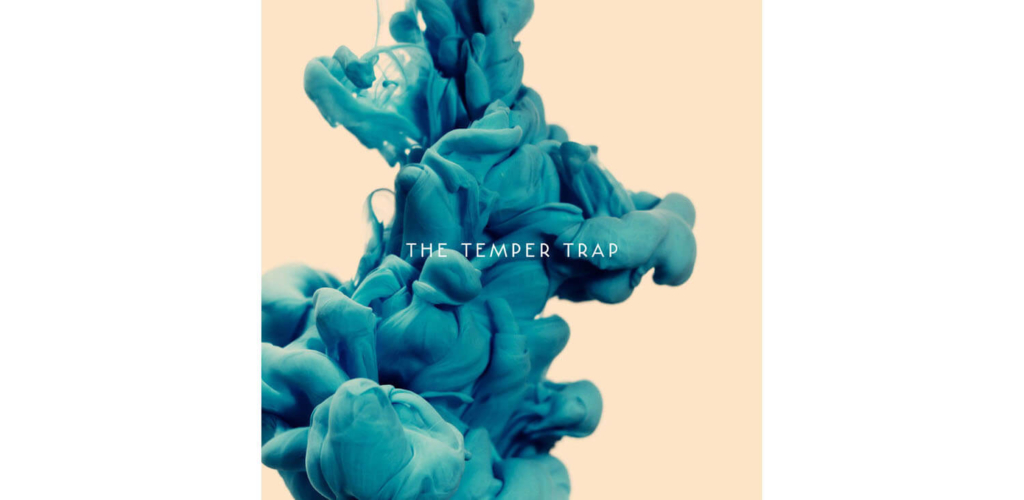
We’ve previously listed albums that were particularly inspiring. Is there any album cover that you’d like to recreate?
I actually wouldn’t, but just because the reworking of a movie poster or an album cover – the so-called fun art – has become so common in the last few years, that it’s lost the cool factor for me. Of course (but only if you insist) I’d say I’d prefer to edit all the covers of Britney Spears’ albums in a dark zombie style, maybe just to grab the attention of the fans of heavy metal – and also to test whether the clothes actually make the (wo)man.

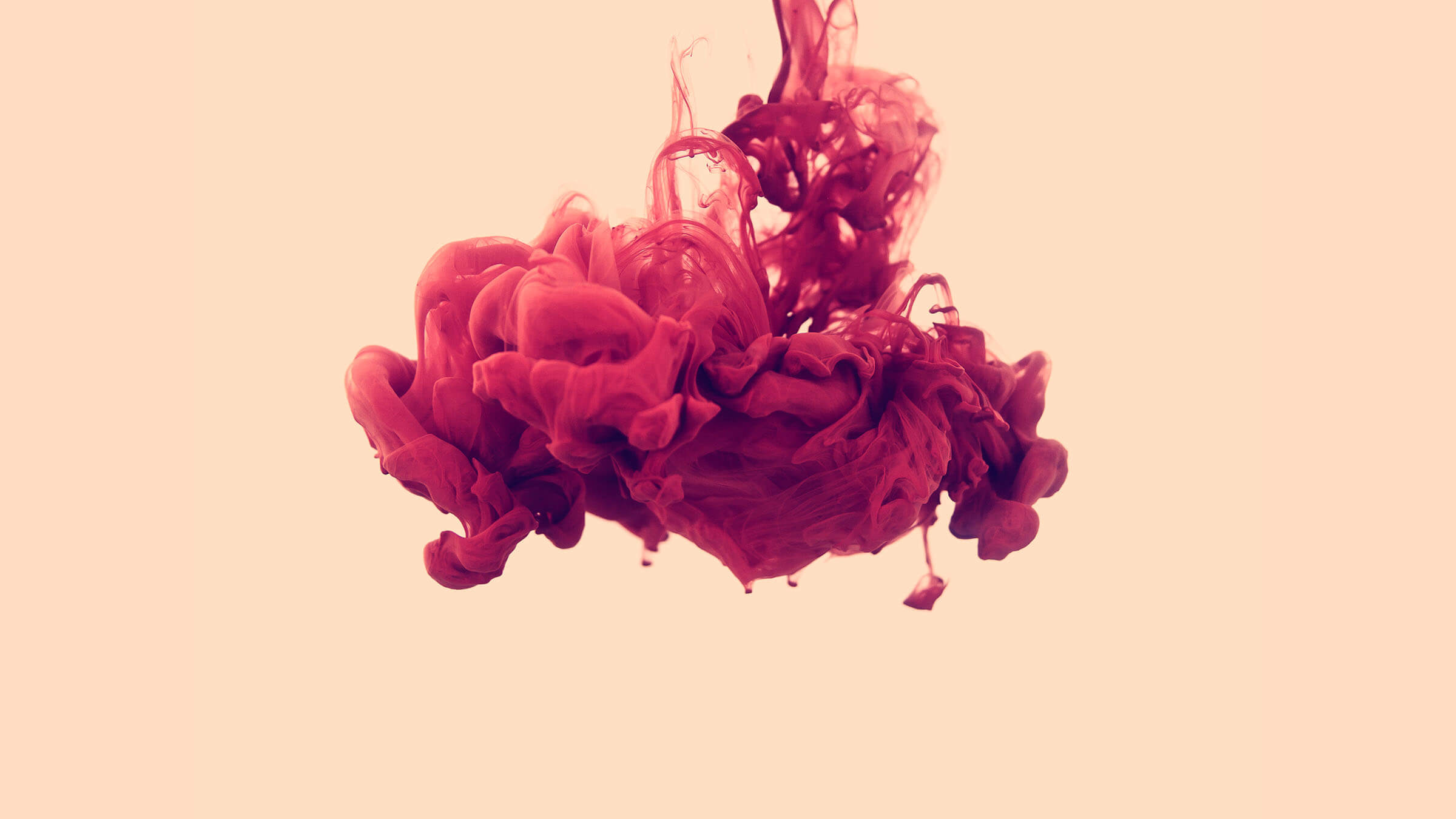


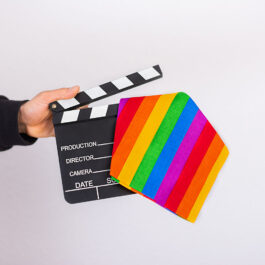
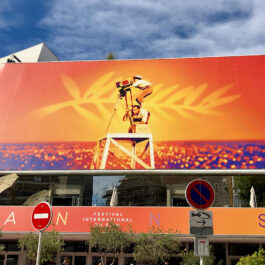

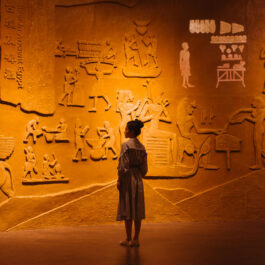

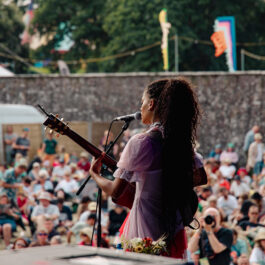

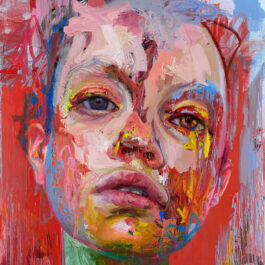


Sorry, the comment form is closed at this time.